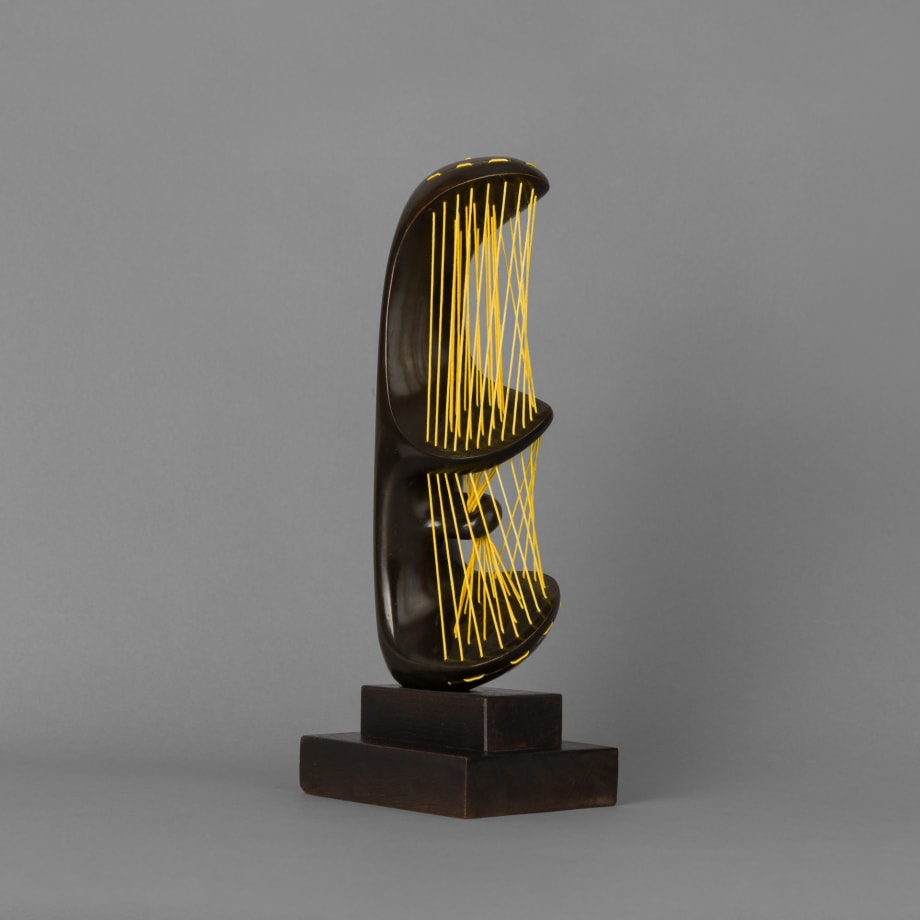Henry Moore was arguably the greatest British sculptor of the twentieth century. He was born in Yorkshire in 1898 and died, after an exceptionally productive career, in 1986. He achieved a huge level of fame and recognition in his own lifetime and his sculptures are now displayed in many major cities across the world.
His maquettes were independent and complete works in their own right, not mere workings for larger projects. As Moore said, 'I don’t make my maquettes and models for that purpose of trying to show to somebody else what the big one was going to be like. No, as I make this, the size is any size that I like. I can make it any size in my imagination that I want it to be.' (Erich Steingraber, ed., Henry Moore, Maquettes, Interview with Henry Moore, Munich, 1978, p. 56.)
Unlike many of his larger works, for which he needed help from assistants, he worked on his maquettes entirely independently. They are therefore considered to be more direct examples of the sculptor’s particular vision and imagination; almost utopian objects, free from the constraints of the size and patronage of his larger, commissioned work.
Moore’s legacy is wide-reaching, and numerous artists – including Lynn Chadwick, Eduardo Paolozzi, Bernard Meadows, Robert Adams and Geoffrey Clarke – have all given testimony to his influence on their work. The artist turned down a knighthood, fearing that it would render him inaccessible to fellow artists, though he was awarded the Companion of Honour in 1955, the Order of Merit in 1963 and the Erasmus Prize in 1968.
The largest public collection of Moore’s work is housed at his former estate, now owned by the Henry Moore Foundation, an organisation which continues to promote the importance of contemporary art around the world. An equally impressive display of Moore’s sculpture forms the Henry Moore Sculpture Centre in the Art Gallery of Toronto.

